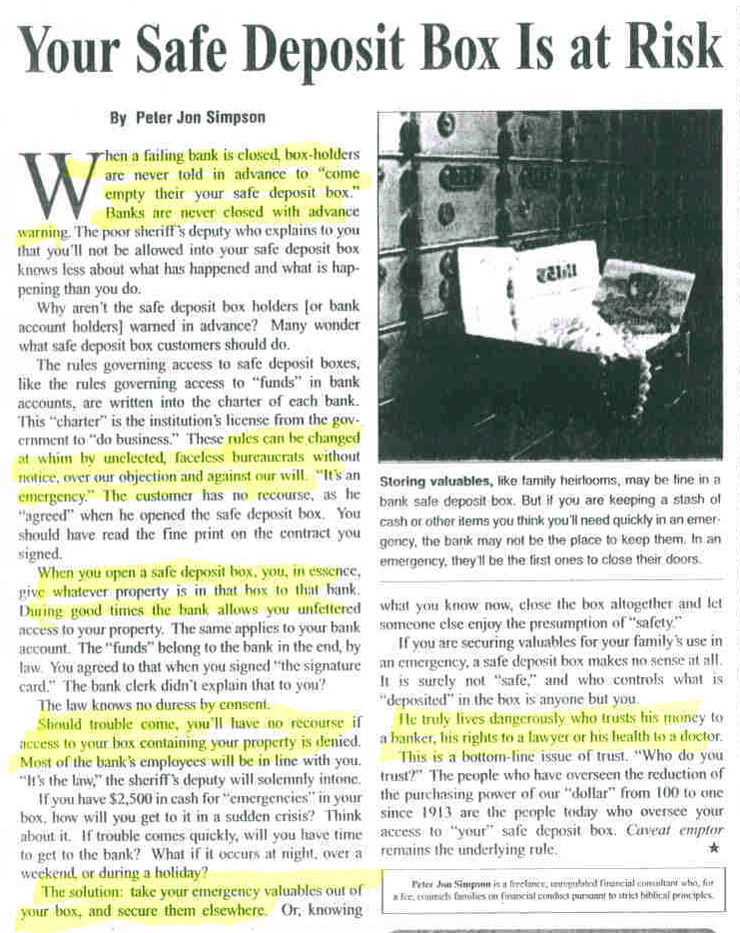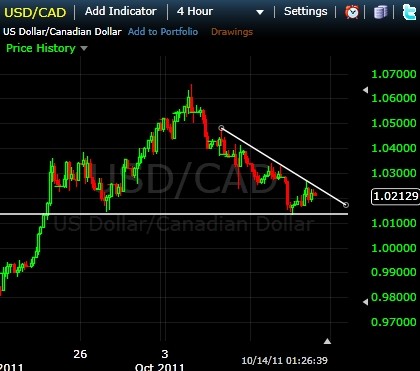Bank of America Deathwatch Moves Risky Derivatives from Holding Company to TaxpayerBackstopped
Post on: 25 Июнь, 2015 No Comment

If you have any doubt that Bank of America is in trouble, this development should settle it. Im late to this important story broken this morning by Bob Ivry of Bloomberg. but both Bill Black (who I interviewed just now) and I see this as a desperate (or at the very best, remarkably inept) move by Bank of Americas management.
The short form via Bloomberg:
Bank of America Corp. (BAC), hit by a credit downgrade last month, has moved derivatives from its Merrill Lynch unit to a subsidiary flush with insured deposits, according to people with direct knowledge of the situation
Bank of America’s holding company the parent of both the retail bank and the Merrill Lynch securities unit held almost $75 trillion of derivatives at the end of June, according to data compiled by the OCC. About $53 trillion, or 71 percent, were within Bank of America NA, according to the data, which represent the notional values of the trades.
That compares with JPMorgan’s deposit-taking entity, JPMorgan Chase Bank NA, which contained 99 percent of the New York-based firm’s $79 trillion of notional derivatives, the OCC data show.
Now you would expect this move to be driven by adverse selection, that it, that BofA would move its WORST derivatives, that is, the ones that were riskiest or otherwise had high collateral posting requirements, to the sub. Bill Black confirmed that even though the details were sketchy, this is precisely what took place.
And remember, as we have indicated, there are some derivatives that should be eliminated, period. Weve written repeatedly about credit default swaps, which have virtually no legitimate economic uses (no one was complaining about the illiquidity of corporate bonds prior to the introduction of CDS; this was not a perceived need among investors). They are an inherently defective product, since there is no way to margin adequately for jump to default risk and have the product be viable economically. CDS are systematically underpriced insurance, with insurers guaranteed to go bust periodically, as AIG and the monolines demonstrated.
The reason that commentators like Chris Whalen were relatively sanguine about Bank of America likely becoming insolvent as a result of eventual mortgage and other litigation losses is that it would be a holding company bankruptcy. The operating units, most importantly, the banks, would not be affected and could be spun out to a new entity or sold. Shareholders would be wiped out and holding company creditors (most important, bondholders) would take a hit by having their debt haircut and partly converted to equity.
This changes the picture completely. This move reflects either criminal incompetence or abject corruption by the Fed. Even though Ive expressed my doubts as to whether Dodd Frank resolutions will work, dumping derivatives into depositaries pretty much guarantees a Dodd Frank resolution will fail. Remember the effect of the 2005 bankruptcy law revisions: derivatives counterparties are first in line, they get to grab assets first and leave everyone else to scramble for crumbs. So this move amounts to a direct transfer from derivatives counterparties of Merrill to the taxpayer, via the FDIC, which would have to make depositors whole after derivatives counterparties grabbed collateral. Its well nigh impossible to have an orderly wind down in this scenario. You have a derivatives counterparty land grab and an abrupt insolvency. Lehman failed over a weekend after JP Morgan grabbed collateral.
But its even worse than that. During the savings & loan crisis, the FDIC did not have enough in deposit insurance receipts to pay for the Resolution Trust Corporation wind-down vehicle. It had to get more funding from Congress. This move paves the way for another TARP-style shakedown of taxpayers, this time to save depositors. No Congressman would dare vote against that. This move is Machiavellian, and just plain evil.
The FDIC is understandably ripshit. Again from Bloomberg:
The Federal Reserve and Federal Deposit Insurance Corp. disagree over the transfers, which are being requested by counterparties, said the people, who asked to remain anonymous because they weren’t authorized to speak publicly. The Fed has signaled that it favors moving the derivatives to give relief to the bank holding company, while the FDIC, which would have to pay off depositors in the event of a bank failure, is objecting, said the people. The bank doesn’t believe regulatory approval is needed, said people with knowledge of its position.

Well OF COURSE BofA is gonna try to take the position this is kosher, but the FDIC can and must reject this brazen move. But this is a bit of a fait accompli,and I have no doubt BofA and the craven Fed will argue that moving the risker derivatives back will upset the markets. Well too bad, maybe its time banks learn they can no longer run roughshod over regulators. And if BofA is at that much risk that it cant afford to undo moving over unacceptably risky exposures measure, that would seem to be prima facie evidence that a Dodd Frank resolution is in order.
Bill Black said that the Bloomberg editors toned down his remarks considerably. He said, Any competent regulator would respond: No, Hell NO! Its time that the public also say no, and loudly, to yet another route for running a drip feed from taxpayers to banksters.
Update. Brett in comments raise the question that since JP Morgan books virtually all of its derivatives in a depositary, is this really all that sus?
The short answer is that while this on paper looks similar, in fact the JPM derivatives exposures (and those of the other big banks) are pretty different than those of Merrill. The big commercial banks traditionally were the big players in plain vanilla, low margin derivatives, specifically interest rate and FX swaps. They are ALSO in credit default swaps, so there is no denying that there are risky derivatives included in the mix.
JPM runs a massive derivatives clearing operation, and a lot of its exposure relates to that. This and the businesses of the other large banks have been supervised by the regulators for some time (you can argue the supervision was not so hot, but at least they have a dim idea of what is going on and gather data). By contrast, no one was supervising the derivatives book at Merrill. The Fed long ago gave up supervising Treasury dealers, and the SEC does not do any meaningful oversight of derivatives. And Chris Whalen confirms that Merrill was and is the cowboy among derivatives dealers.
You can argue that this is just normal business, the other big banks have their derivatives operations largely in the depositary. But BofA has owned Merrill for over a year and a half, and didnt undertake this move until it was downgraded. Goldman and Morgan Stanley reamin big players in this business and dont have a large depositary. If this was all normal business, BofA would have done this a while ago, and not in response to market pressure, and they would have gotten the FDIC on board. The way this was done says something is amiss.














